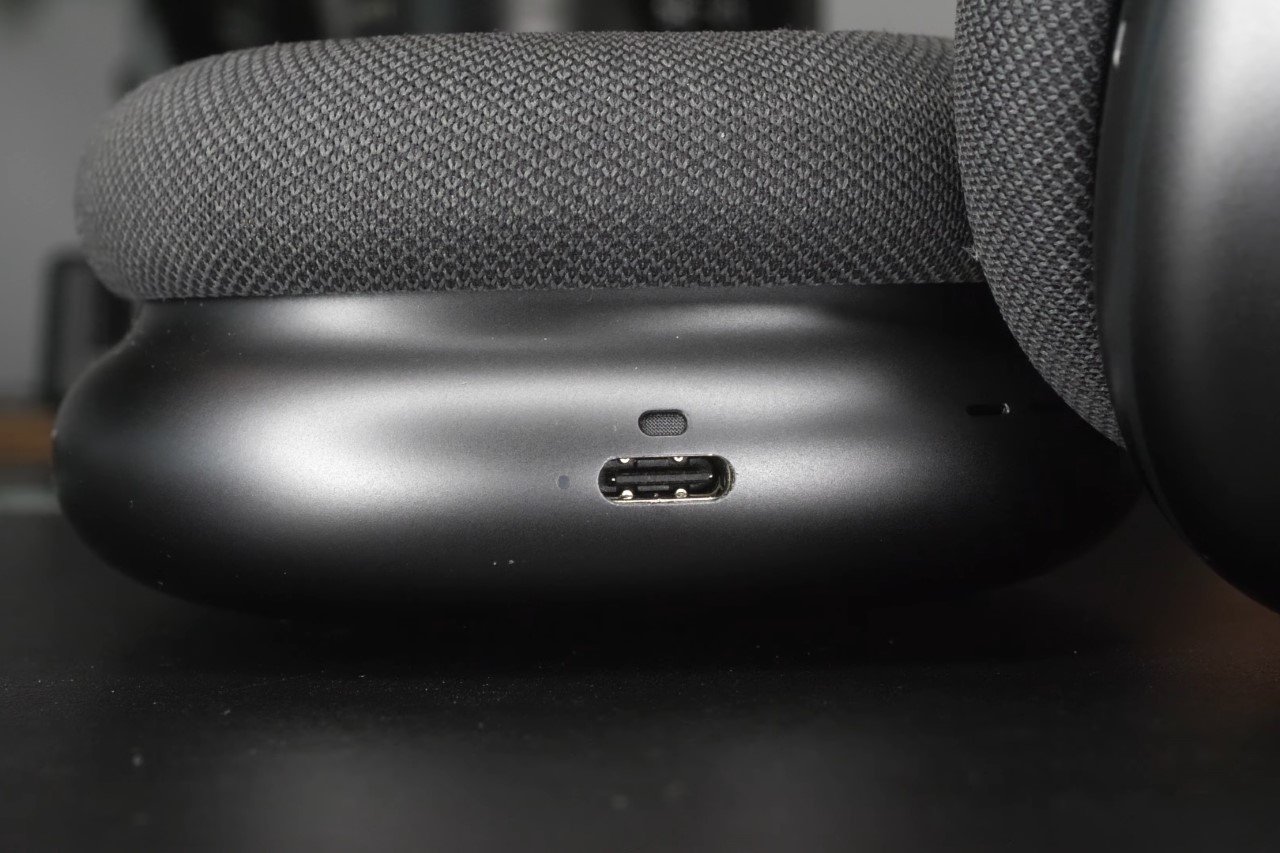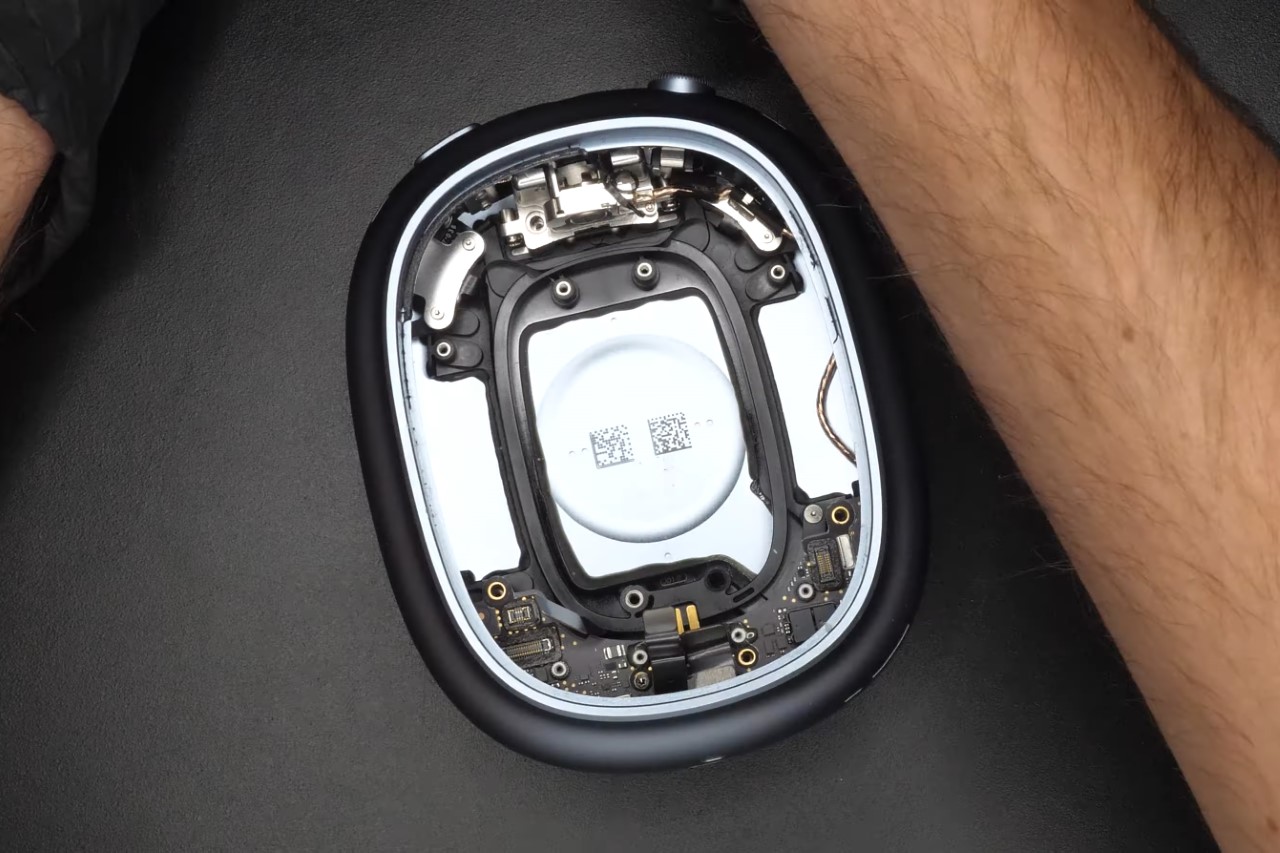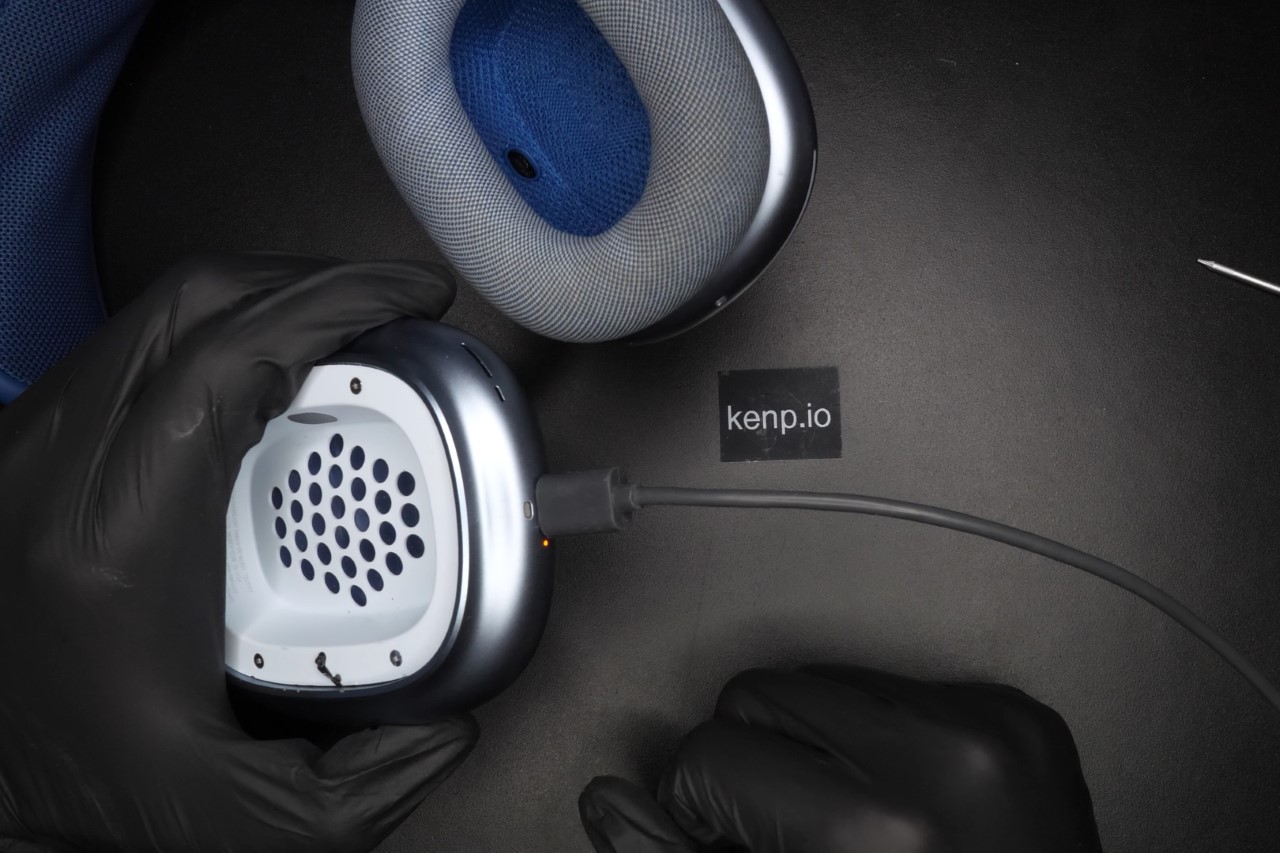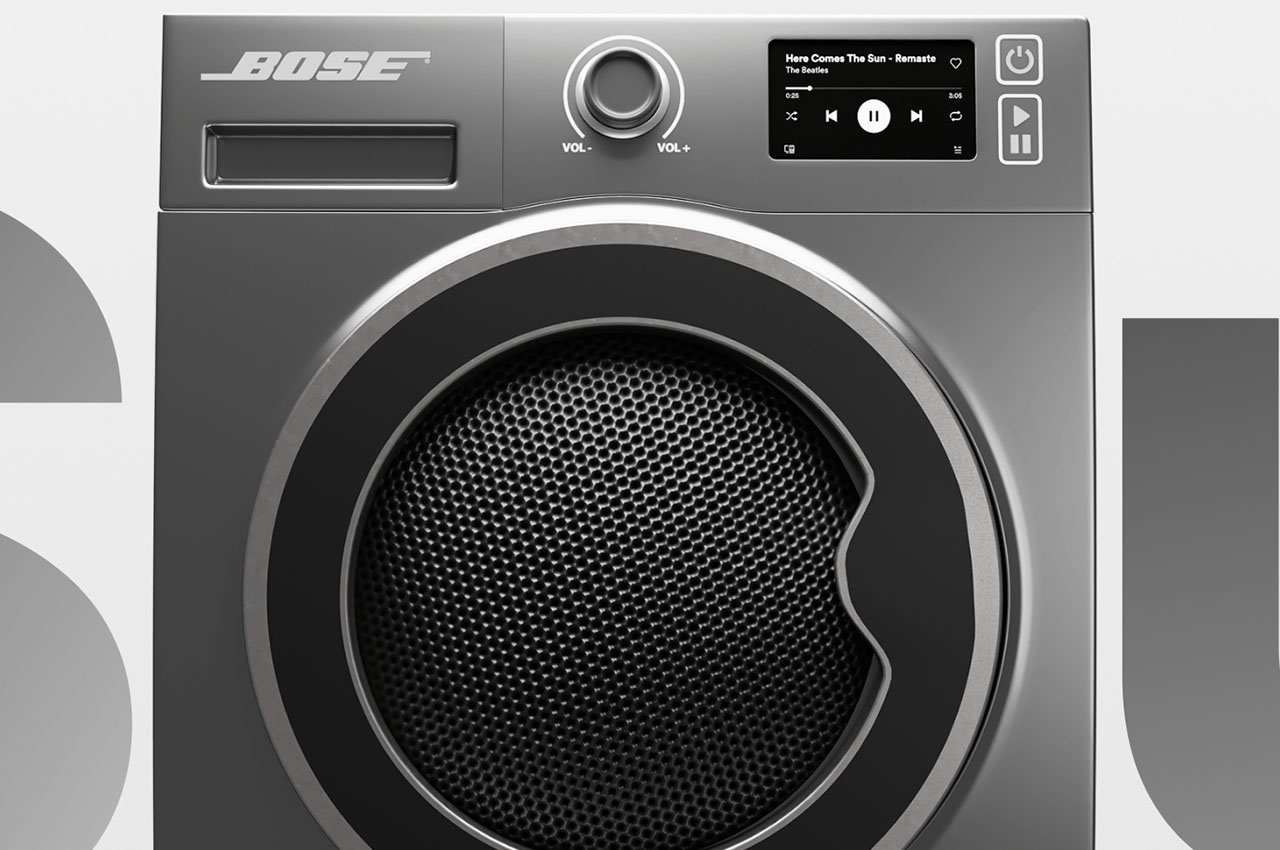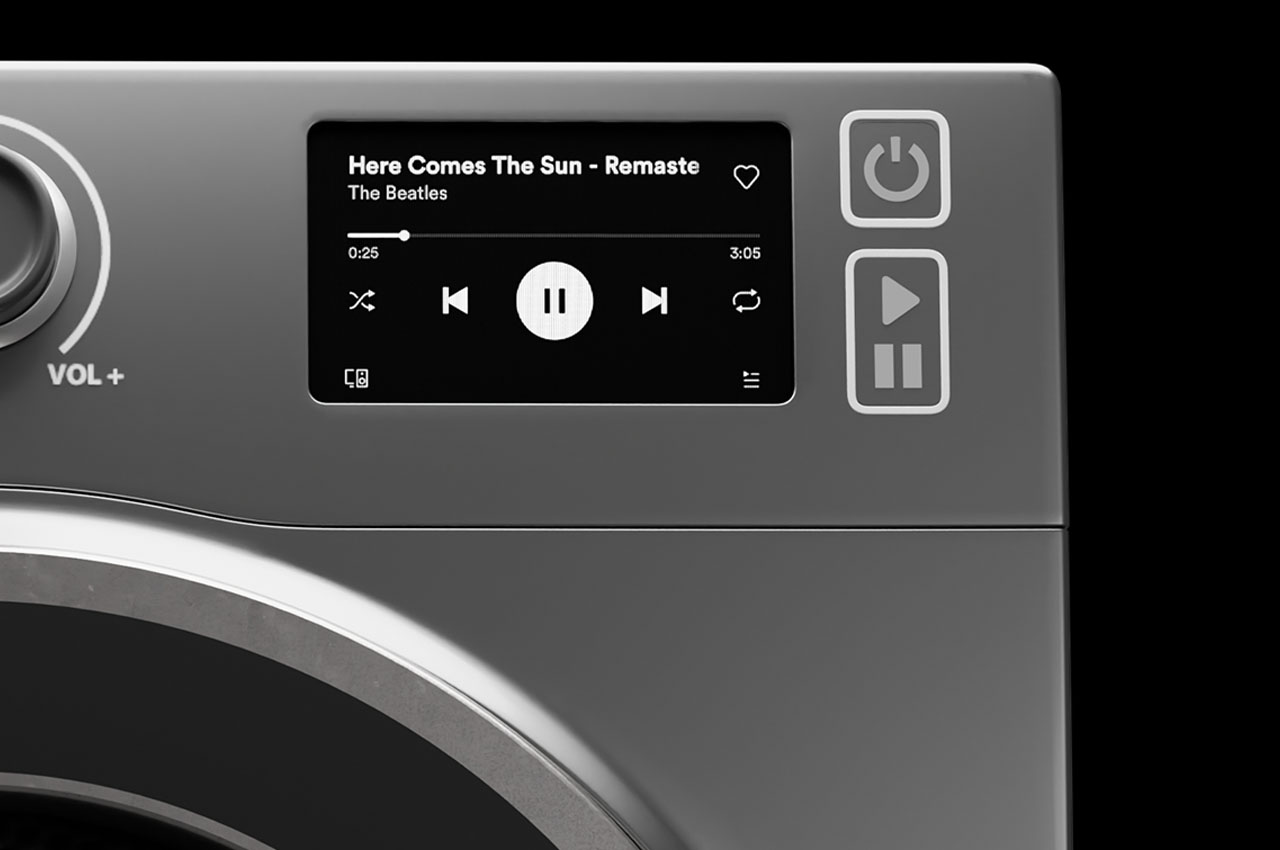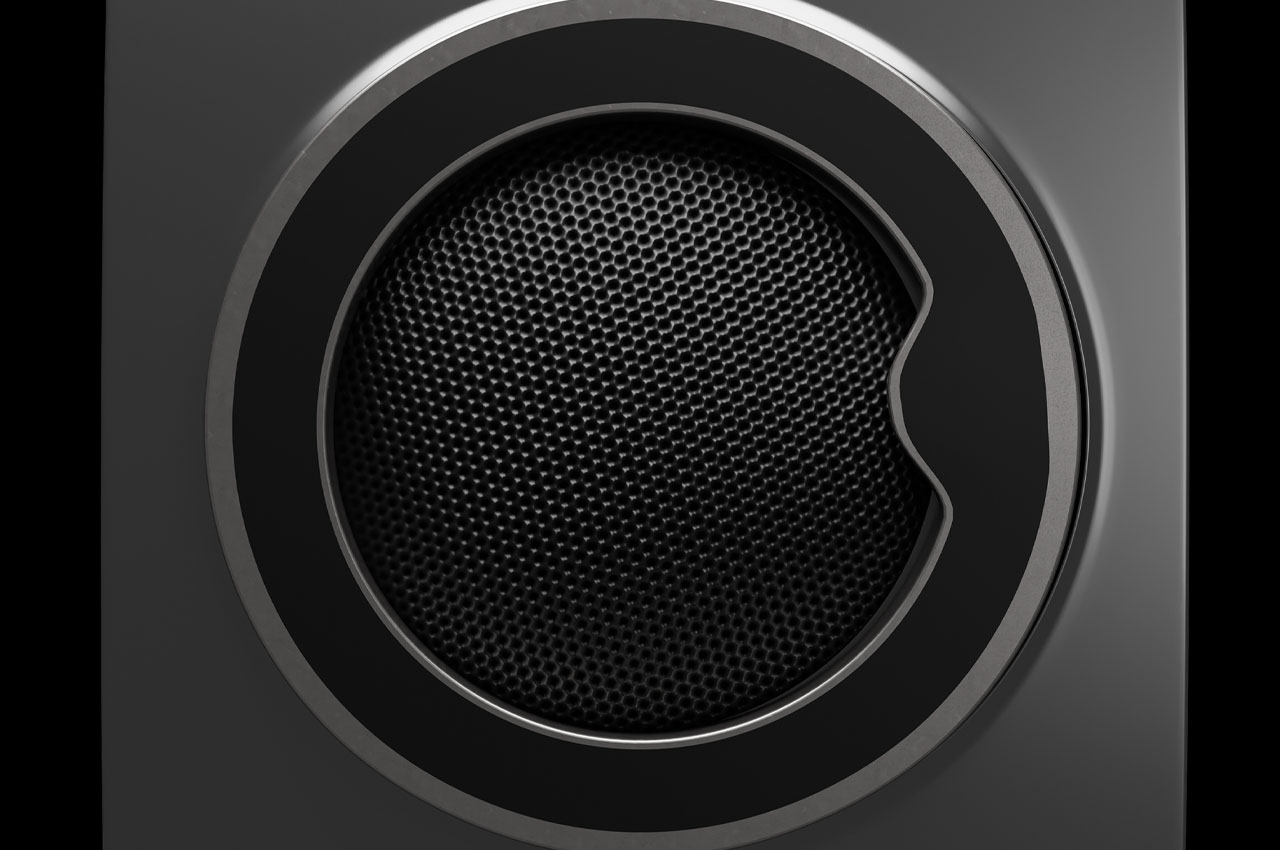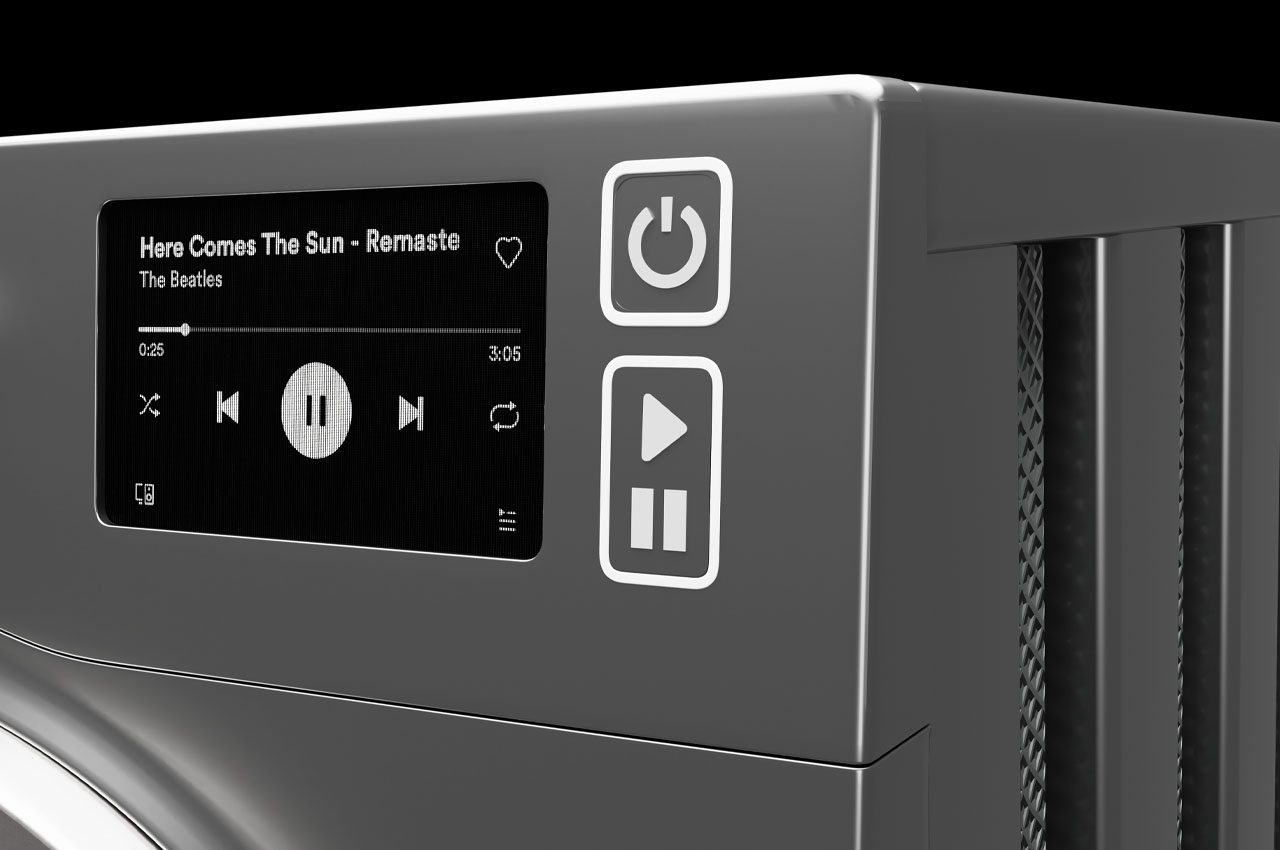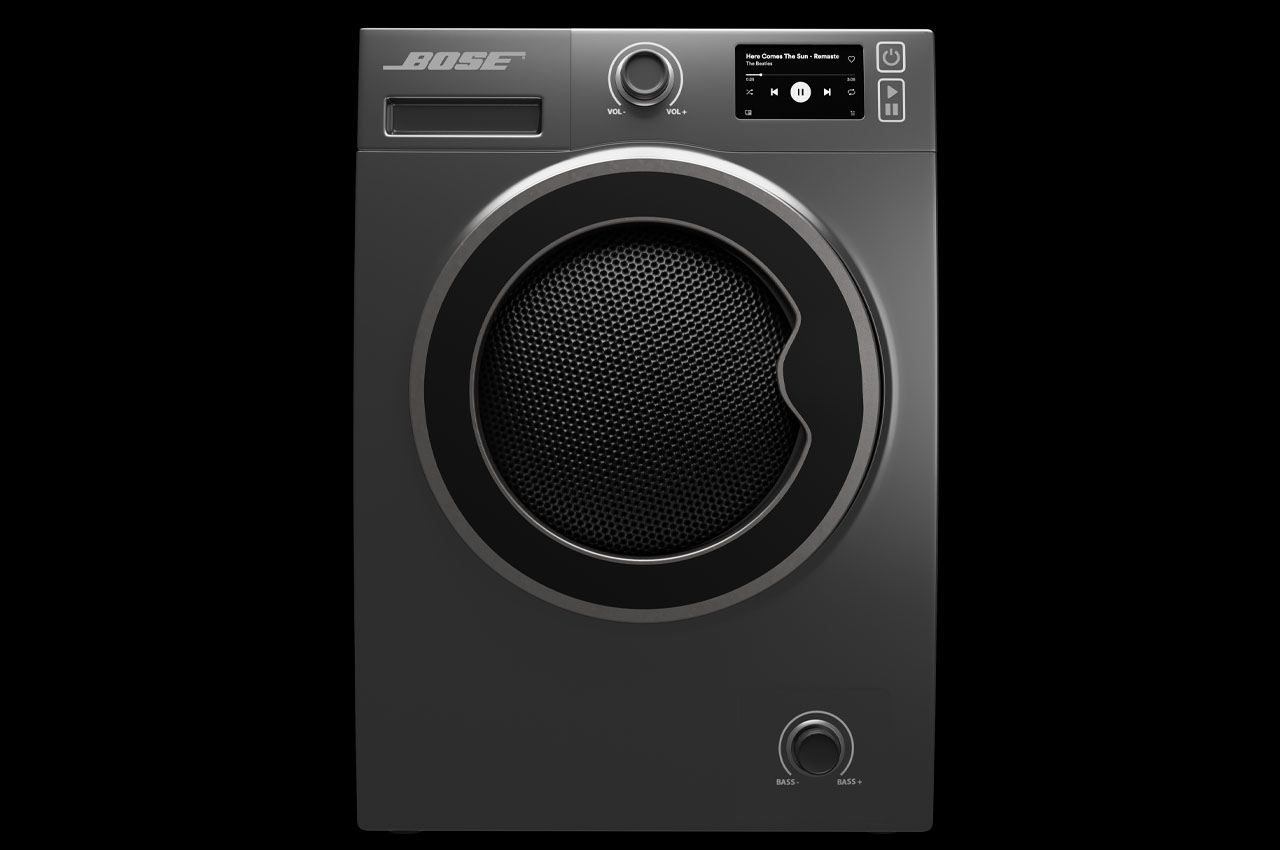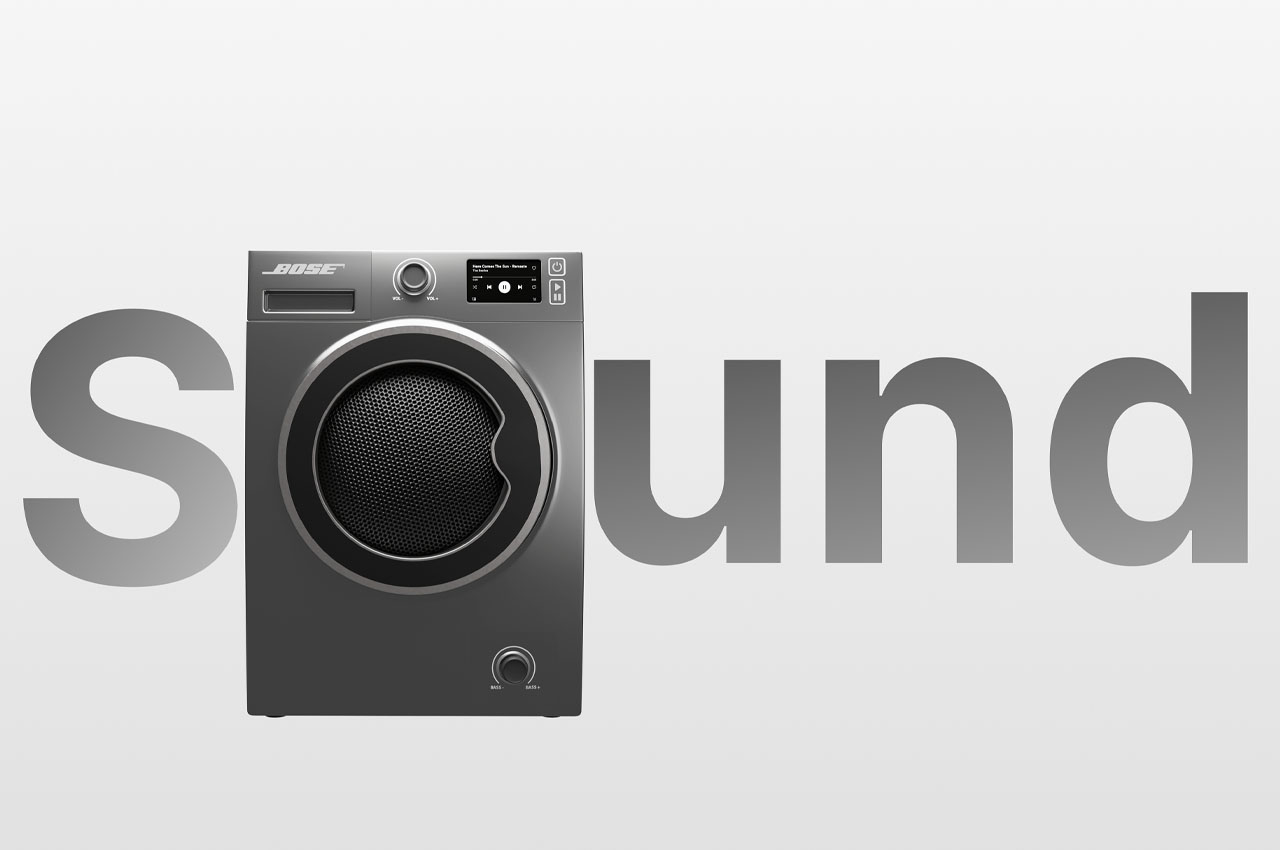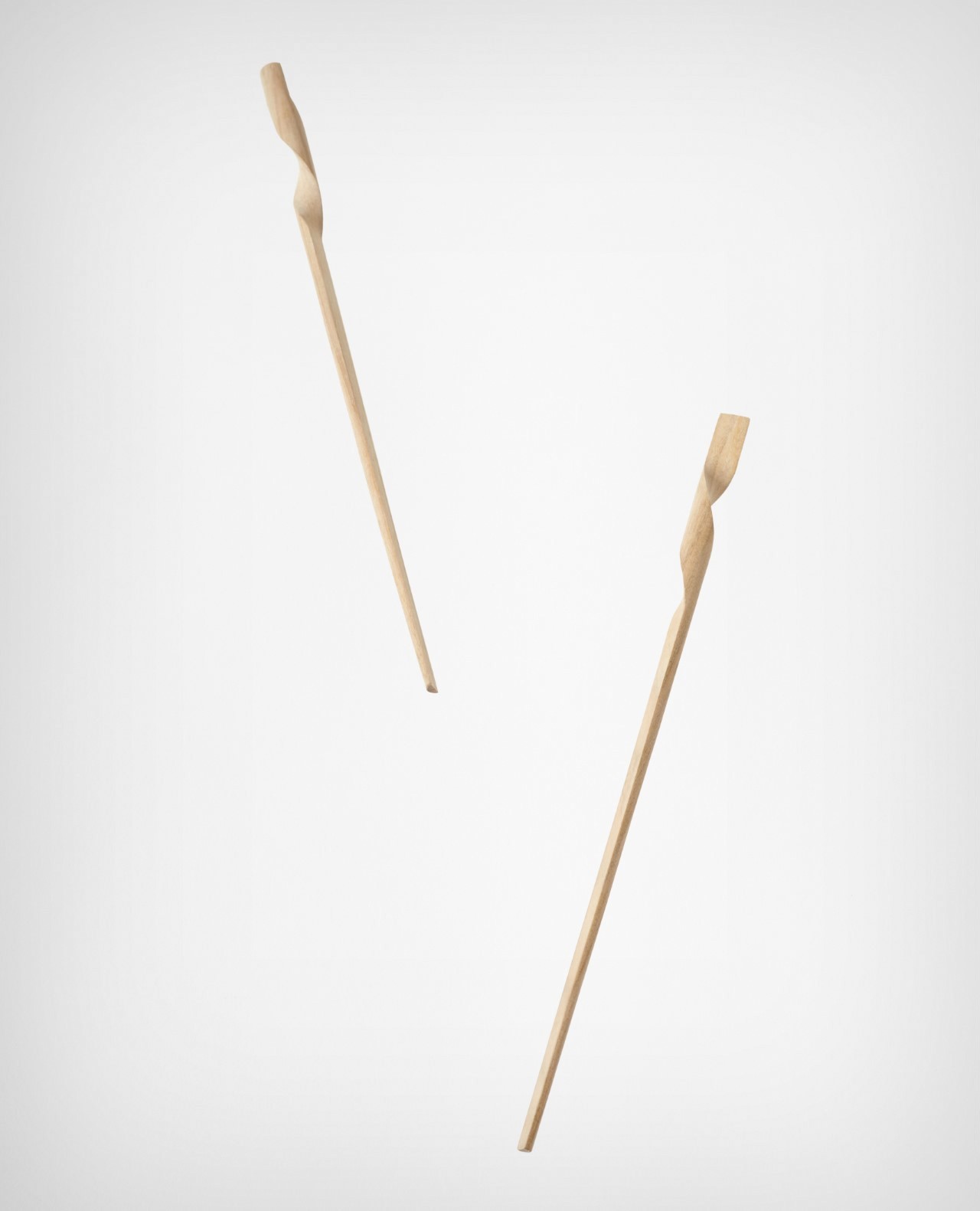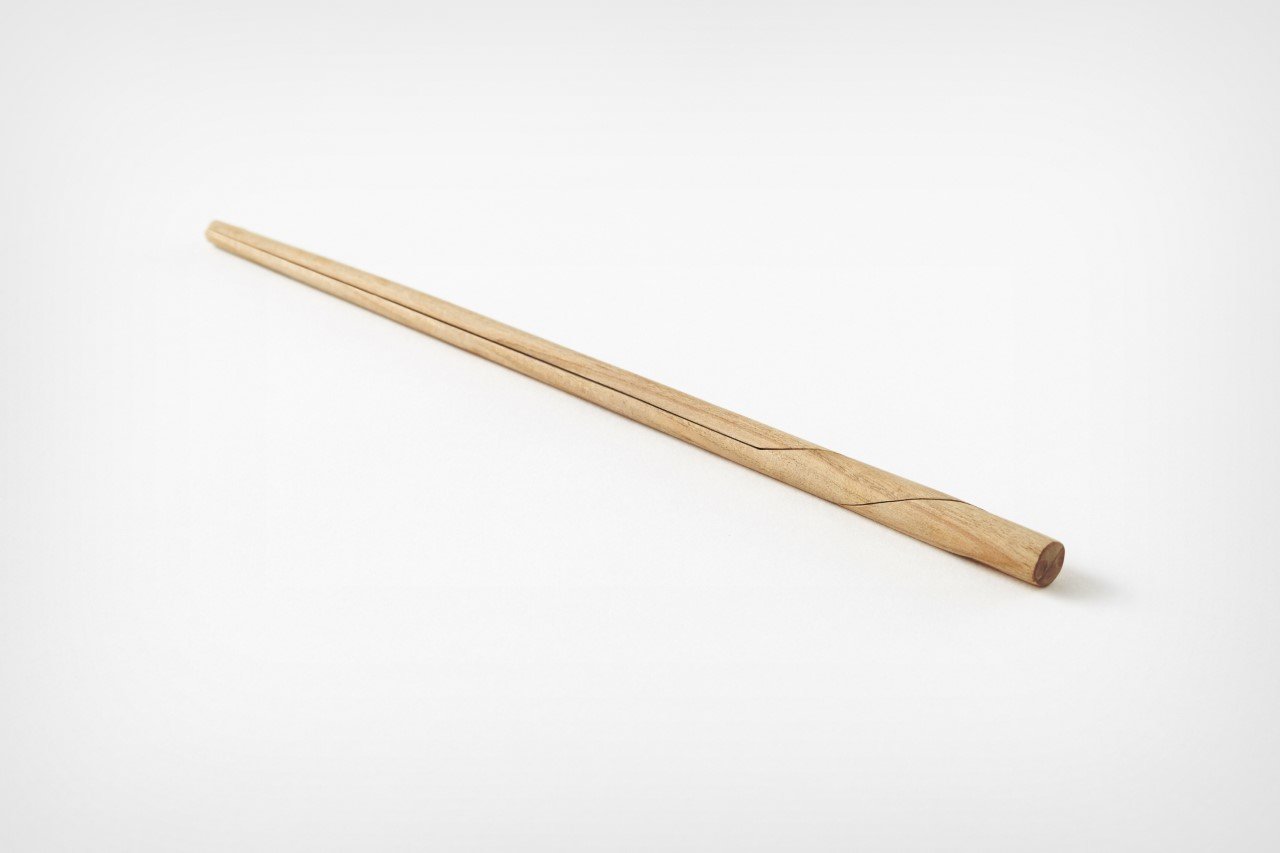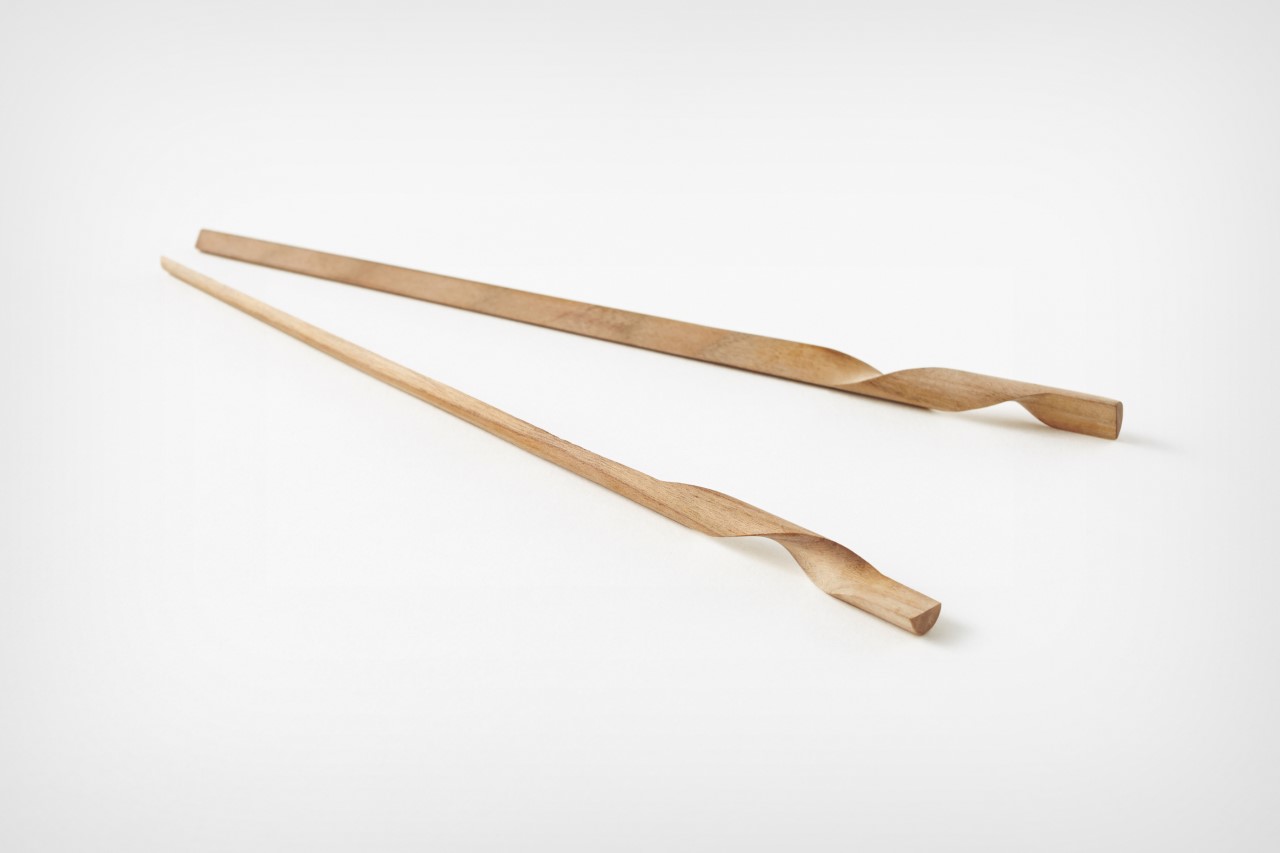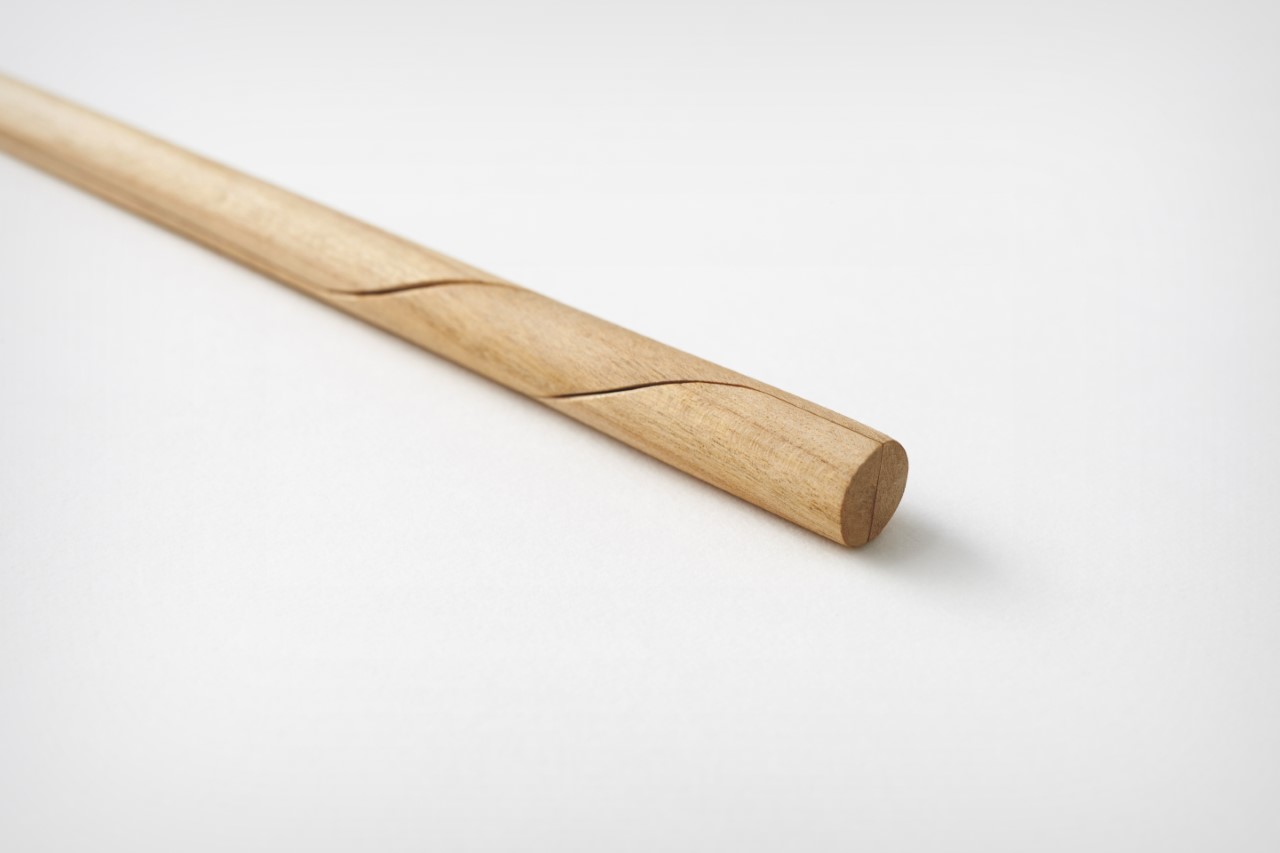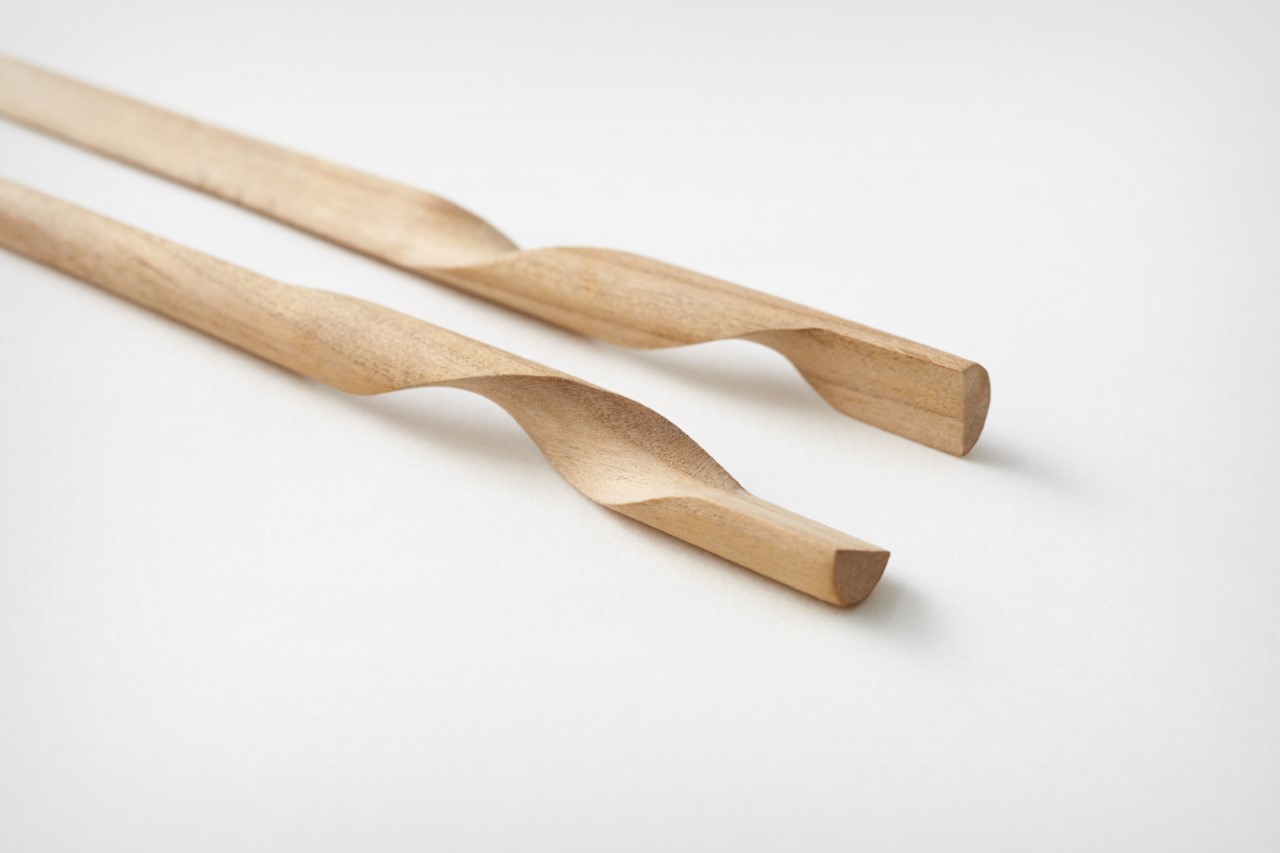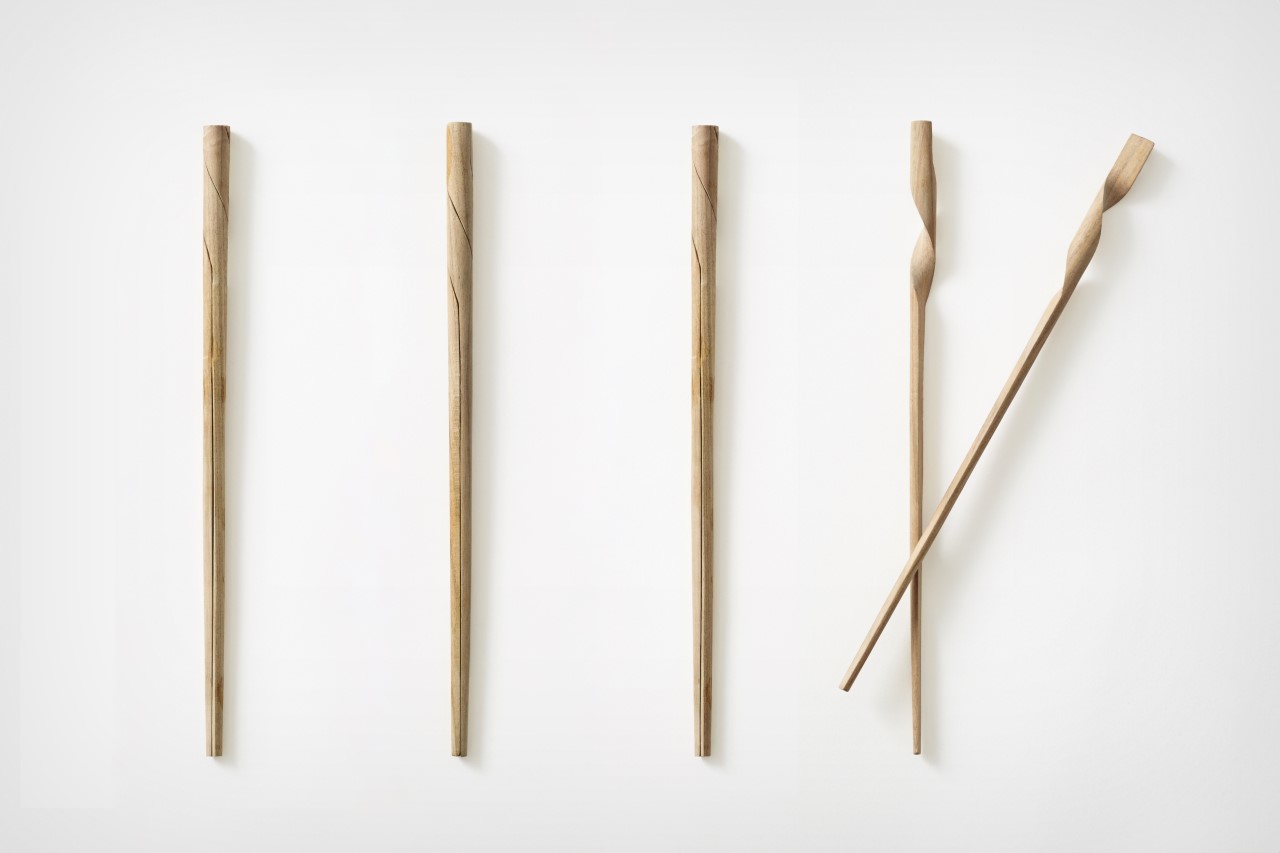You can grab a three-pack of Google’s Nest Cam Indoor / Outdoor for $100 off. Best Buy is offering the battery-powered security cameras for nearly a record-low price. The cameras record in 1080p HDR with night vision and magnetic mounting, making your home security setup as close to painless as possible. Usually $450, you can get the trio of cameras for only $350. (And Best Buy Total members can drop it down to $300.)
The Nest Cam can differentiate between people, animals and vehicles, processed locally on the device. You can receive alerts on your phone when it detects any of those types of movement, and you can choose which alert types you get in the Google Home app. A premium feature, Familiar Faces, learns trusted people and notifies you accordingly. (It requires a $8 monthly Nest Aware subscription.)
Like most products in this category, the Nest Cam has a built-in speaker and mic, allowing you to check in with visitors and hold a remote conversation. The camera’s HDR capabilities make seeing details in bright sunlight easier, while a night vision mode (using six built-in infrared LEDs) makes things clearer in the dark. The camera is water-resistant and rated IP54.
Google estimates each camera’s battery will last about seven months between charges, provided it only records around two to four events per day. (You can buy a $35 weatherproof cable if you prefer a wired setup.) The three-pack includes three Nest Cams and magnetic mounting plates, three wall plates, six wall anchors and the appropriate screws.
Best Buy’s deal expires Wednesday evening, so you’ll want to act soon if you’re in the market for new security cameras.
Follow @EngadgetDeals on Twitter and subscribe to the Engadget Deals newsletter for the latest tech deals and buying advice.
This article originally appeared on Engadget at https://www.engadget.com/three-packs-of-googles-nest-cam-security-cameras-are-100-off-today-215952131.html?src=rss